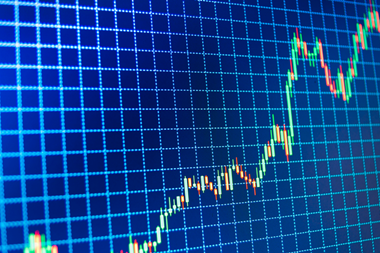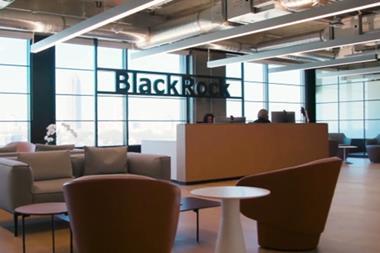Australia’s A$160bn Future Fund made a loss of A$5.7bn (€3.8bn) in the first quarter of the year – an annualised loss of 0.2% for the financial year to date (July 2019-March 2020).
The negative return did not factor in adjusted valuations for the fund’s illiquid assets, which the fund said would be done after June 30, as in every other year.
The fund has managed to avoid the worst of the COVID-19 market crash because it began shedding some of its illiquid private market assets five years ago.
Future Fund chair Peter Costello said it had prioritised reducing its exposure to illiquid assets over recent years.
“As the global economic impact of COVID-19 unfolds, the board will continue to prioritise portfolio flexibility, ensuring the portfolio is robust to a range of possible scenarios, and has significant liquidity.”
“This will open opportunities from the current market to position ourselves for long-term returns,” he said.
The fund’s chief investment officer, Raphael Arndt, said the fund sold more than 31 illiquid assets, raising a total of A$10bn. It had also sold interests in private equity in the secondary market, raising a further A$4bn.
Asked to break down performance of individual asset classes, Arndt said the fund did not normally report asset class returns in detail.
“Having said that, obviously the equities and credit sectors performed poorly, and in line – or roughly in line – with the markets.
“So it was defensive overlay positions – foreign currency positions, interest rates options and our defensive hedge fund strategy – that helped insulate our portfolio in the downturn.”
Arndt said the fund had taken advantage of “several opportunities” created by the recent US market correction.
Asked if the fund was now poised to enter the market, he said: “Firstly, we need to understand what the outlook is likely to be. We are still in lockdowns.”
It would take time, he said, to see whether the large amount of government stimulus around the world would be sufficient to offset the earnings disruption in the wake of COVID-19.
The fund would look at assets, including illiquid assets, on a case-by-case basis to assess the price and value of a particular investment.
“It is definitely the case that risk remains elevated, and it is very difficult to predict what is going to happen in the world,” he said.











No comments yet